Sketching is a great way to express creativity and improve drawing skills. However, sometimes it can be challenging to come up with new ideas for what to draw in a sketchbook. That’s where this article comes in – it provides over 40 sketchbook drawing ideas to help inspire and challenge artists of all levels.

Whether you’re a beginner or an advanced artist, there’s something for everyone in this article. The ideas range from simple exercises to improve drawing skills to more creative challenges and themes to explore. Additionally, the article covers different mediums to try and inspirational subjects to draw.
Key Takeaways
- This article provides over 40 sketchbook drawing ideas for artists of all levels.
- The ideas range from simple exercises to creative challenges and themes.
- The article covers different mediums to try and inspirational subjects to draw.
Getting Started with Sketching

Choosing the Right Sketchbook
Choosing the right sketchbook is important for any artist, whether beginner or experienced. When selecting a sketchbook, consider the size, paper quality, binding, and portability. A larger sketchbook allows for more freedom of expression, while a smaller one is easier to carry around. The paper quality should be appropriate for the medium used, such as pencils, colored pencils, ink pens, or charcoal. A sturdy binding is essential to keep the pages intact, and a hardcover may offer better protection. Finally, consider the portability of the sketchbook, as some artists prefer to carry their sketchbooks with them at all times.


Essential Drawing Supplies
In addition to a sketchbook, there are a few essential drawing supplies that every artist should have. These include pencils, colored pencils, ink pens, and charcoal. Pencils come in various grades of hardness, from 9H (hardest) to 9B (softest), and are used for sketching, shading, and detailing. Colored pencils are great for adding color and texture to drawings. Ink pens come in different nib sizes and are ideal for creating fine, precise lines. Charcoal is a versatile medium that can be used for sketching, shading, and creating bold, expressive marks.
Fundamentals of Sketching
To get started with sketching, it’s important to understand the fundamentals of drawing. This includes learning about proportion, perspective, composition, and value. Proportion refers to the relationship between different parts of a drawing and how they relate to the whole. Perspective is the technique used to create the illusion of depth and space in a drawing. Composition is the arrangement of elements within a drawing, and value refers to the lightness or darkness of different areas. By mastering these fundamentals, artists can create more realistic and compelling drawings.
Overall, getting started with sketching requires the right supplies, a good sketchbook, and a solid understanding of the fundamentals of drawing. With practice and dedication, anyone can improve their drawing skills and create beautiful works of art.
Sketchbook Ideas for Beginners

If you’re new to sketching, it can be difficult to know where to start. Here are some sketchbook ideas for beginners that will help you get started with your practice.
Simple Objects and Shapes


Drawing simple objects and shapes is a great way to get comfortable with your sketchbook. Everyday objects like cups, bowls, and fruit are easy to draw and can help you develop your skills. You can also try drawing basic shapes like circles, squares, and triangles to get a feel for different lines and angles.
Drawing from Life
Drawing from life is a great way to practice your sketching skills. You can go to a park and draw trees and animals, or draw plants and flowers in your garden. Drawing from life will help you develop your observational skills and improve your ability to capture what you see.
Exploring Portraiture
Portrait drawing can be challenging, but it’s a great way to improve your skills. Start by drawing individual features like eyes, nose, mouth, and ears, and then move on to drawing the entire face. You can use photos as a reference or ask a friend or family member to sit for you.


Remember, the key to improving your sketchbook practice is to keep practicing. Don’t worry about making mistakes or creating perfect drawings. The more you practice, the better you’ll become.
Creative Challenges

Incorporating Patterns and Textures
Incorporating patterns and textures into your sketchbook drawings is a great way to add depth and interest to your artwork. Try experimenting with different textures such as leaves or clouds, and use them as inspiration for your patterns. You can also look for patterns in everyday objects and incorporate them into your drawings.
30-Day Drawing Challenge
Taking on a 30-day drawing challenge is a great way to push yourself out of your comfort zone and improve your drawing skills. There are many different challenges available online, with prompts ranging from drawing animals to drawing your favorite foods. By committing to a daily drawing practice, you’ll be able to see improvement in your creativity and drawing skills.
Stepping Out of Your Comfort Zone
Stepping out of your comfort zone is essential for growth and experimentation in your artwork. Try new techniques and mediums, and don’t be afraid to make mistakes. By pushing yourself to try new things, you’ll be able to expand your creativity and discover new ways to express yourself through your art.
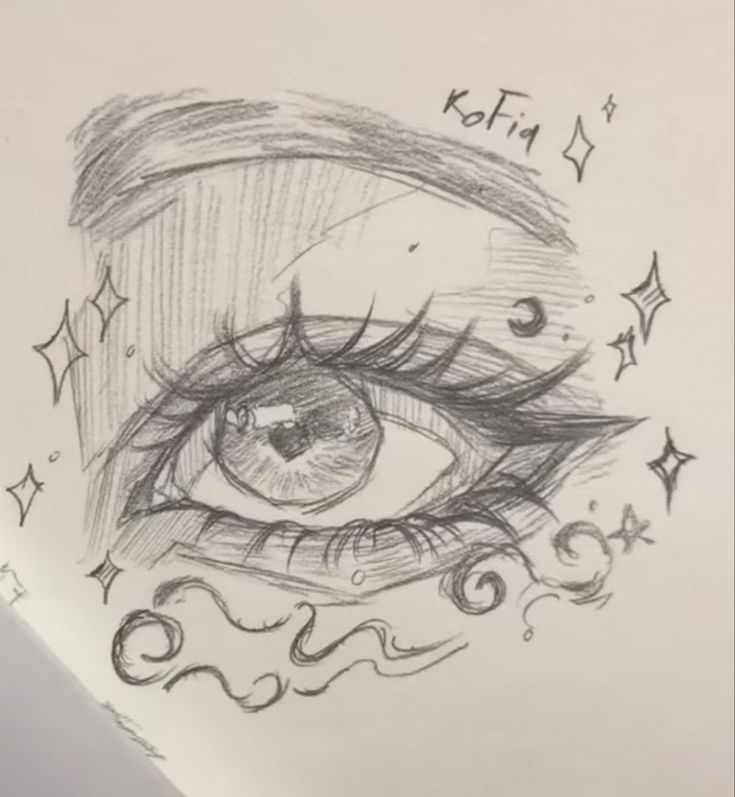

Overall, incorporating patterns and textures, taking on a 30-day drawing challenge, and stepping out of your comfort zone are all great ways to improve your drawing skills, spark your creativity, and experiment with new techniques. By trying these creative challenges, you’ll be able to expand your artistic horizons and take your sketchbook drawings to the next level.
Advanced Sketching Techniques

Mastering Light and Shadow
One of the most important skills for a sketch artist to master is the ability to understand light and shadow. By mastering these concepts, artists can create more realistic and dynamic drawings.


To create a realistic sense of light and shadow, one must understand how light behaves in different environments. For example, light in a cityscape will behave differently than light in a landscape. By observing and studying how light behaves in various settings, an artist can create more accurate and detailed drawings.


To create a sense of depth and dimension, an artist must also understand how to use value to create contrast between light and dark areas.


By using different values, an artist can create the illusion of depth and make their drawings more dynamic.
Dynamic Perspectives
Perspective is an important aspect of drawing that can be used to create dynamic and interesting compositions. By using perspective, an artist can create the illusion of depth and make their drawings more realistic.


One way to create dynamic perspectives is to use foreshortening. Foreshortening is a technique used to create the illusion of an object receding into the distance. By using foreshortening, an artist can create a sense of depth and make their drawings more dynamic.


Another way to create dynamic perspectives is to use different angles. By changing the angle of the drawing, an artist can create a more interesting composition and make their drawing more engaging.
Detailed Animal and Nature Sketches
Drawing animals and nature can be challenging, but with practice and patience, an artist can create detailed and realistic sketches.


One important aspect of drawing animals and nature is understanding proportions. By understanding the proportions of animals and nature, an artist can create more accurate and realistic drawings.
Another important aspect of drawing animals and nature is understanding the details. By observing and studying the details of animals and nature, an artist can create more detailed and realistic drawings.
By combining these skills, an artist can create beautiful and detailed sketches of animals and nature.
Inspirational Themes and Subjects

Fantasy and Mythology
Fantasy and mythology are great sources of inspiration for sketchbook drawings. Drawing fantasy creatures like dragons, unicorns, and monsters can be a fun and creative exercise that pushes the limits of your imagination. Myths and legends from different cultures can also provide inspiration for unique characters and settings. When drawing fantasy and mythology, it’s important to pay attention to details and use your creativity to bring these creatures and worlds to life.
Urban and City Life

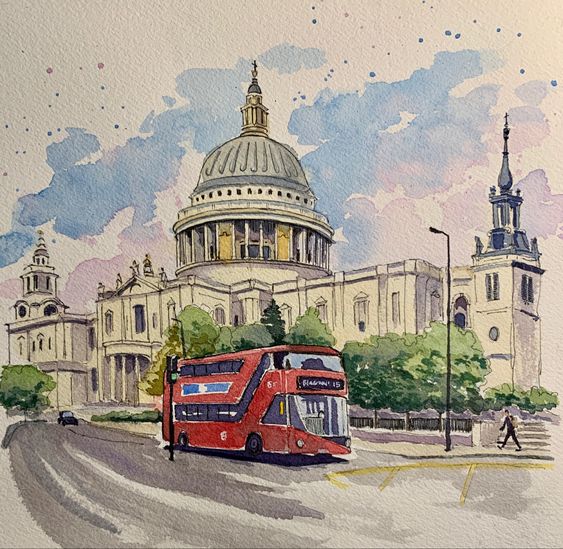
Drawing cityscapes and street scenes can be a great way to capture the hustle and bustle of urban life. From the city skyline to the skyscrapers, there are plenty of interesting subjects to draw. Pay attention to the mood and atmosphere of the scene you’re drawing and use it to convey a specific emotion or feeling. Whether it’s a busy street or a quiet alleyway, there’s always something interesting to capture in an urban sketch.
Personal Memories and Moments
Drawing from personal memories and moments can be a powerful way to express yourself creatively. Whether it’s a favorite family member or a cherished memory from your childhood, drawing from personal experiences can help you tap into your emotions and bring a unique perspective to your work. Use your creativity to interpret these memories in a way that is meaningful to you and try to capture the essence of the moment in your sketch.


In conclusion, drawing inspiration from different themes and subjects can help you push the boundaries of your creativity. Whether it’s drawing fantasy creatures, capturing the energy of city life, or drawing from personal memories, there are countless sources of inspiration to explore. Use your sketchbook as a space to experiment and try new things, and don’t be afraid to take risks and try something different.
Exploring Different Mediums

Working with Ink and Washes
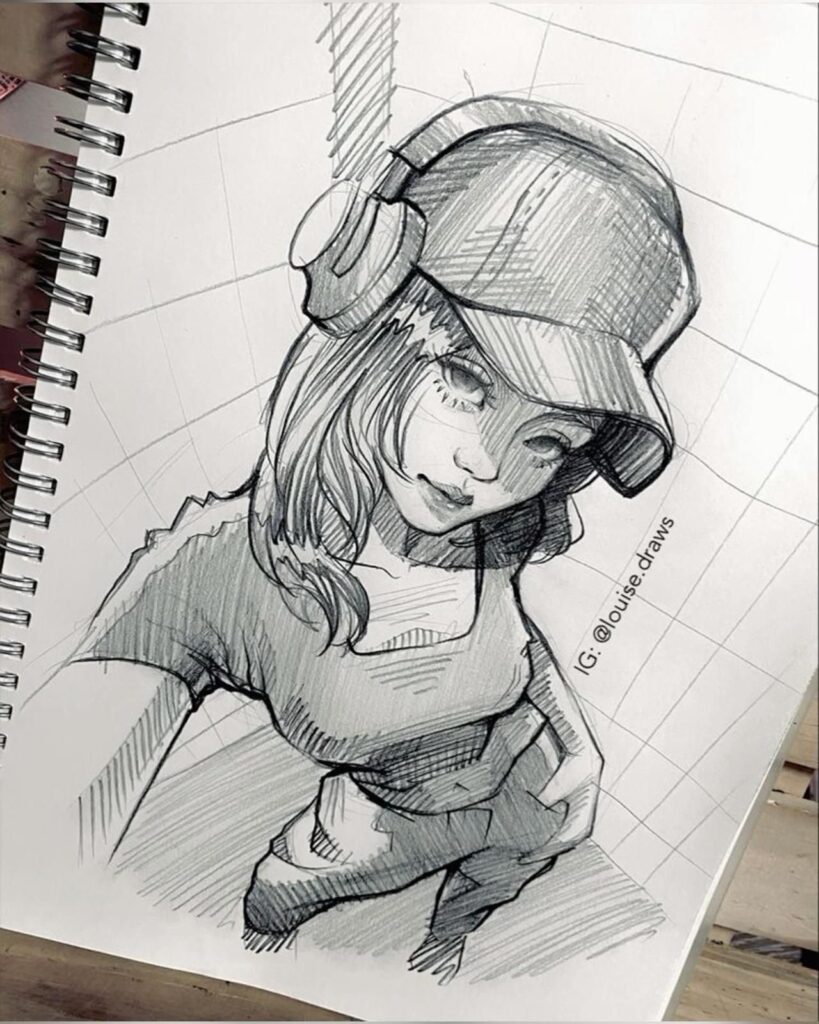
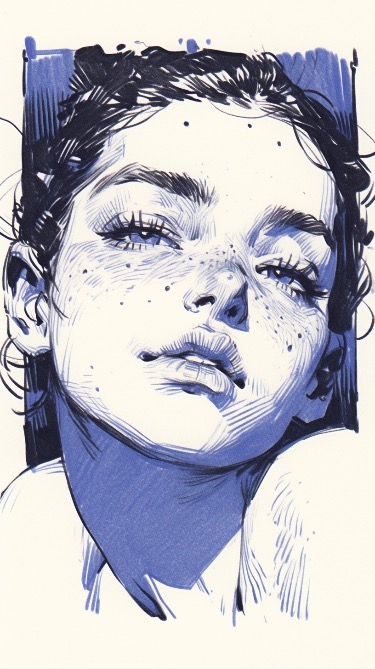
Ink and washes are a great way to add depth and texture to your sketches. Ink pens can be used to create bold lines and washes can be used to add subtle shading. To create a wash, simply dilute ink with water and apply it to your sketch with a brush. Experiment with different dilution ratios to achieve different effects.
Experimenting with Charcoal


Charcoal is a versatile medium that can be used to create a wide range of tones and textures. It can be used to create bold, dramatic lines or subtle, soft shading. To create a smooth, even tone, use a blending tool such as a paper stump or your finger. For a more textured look, experiment with different types of paper and charcoal grades.
Colored Pencil Techniques
Colored pencils are a popular medium for adding color to sketches. They can be used to create a wide range of effects, from soft, subtle shading to bold, vibrant colors. To create a smooth, even color, use a light touch and layer colors gradually. To create texture, experiment with different types of paper and blending techniques.
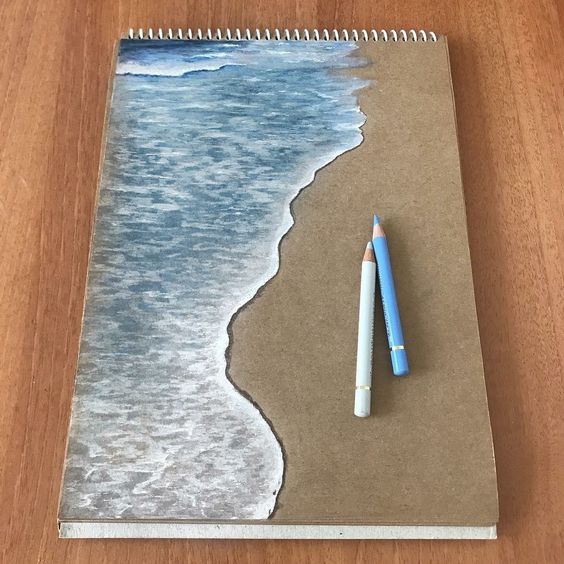
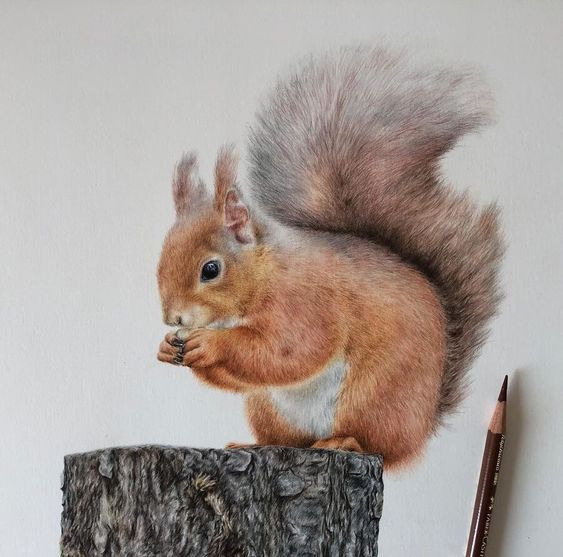
When exploring different mediums, it’s important to have the right tools and art supplies. Make sure you have a variety of pens, pencils, brushes, and paper to experiment with. Don’t be afraid to try new techniques and push your boundaries. With practice and experimentation, you can develop your own unique style and create stunning sketches in your sketchbook.
Drawing Exercises to Improve Skills

Gesture Drawing for Movement


Gesture drawing is a quick and effective way to capture the essence of movement and action in your sketches. It involves drawing the basic shapes and lines of a subject in a short amount of time, focusing on the overall movement and flow rather than details. This exercise helps to improve your ability to capture movement and action in your drawings, making them more dynamic and interesting.
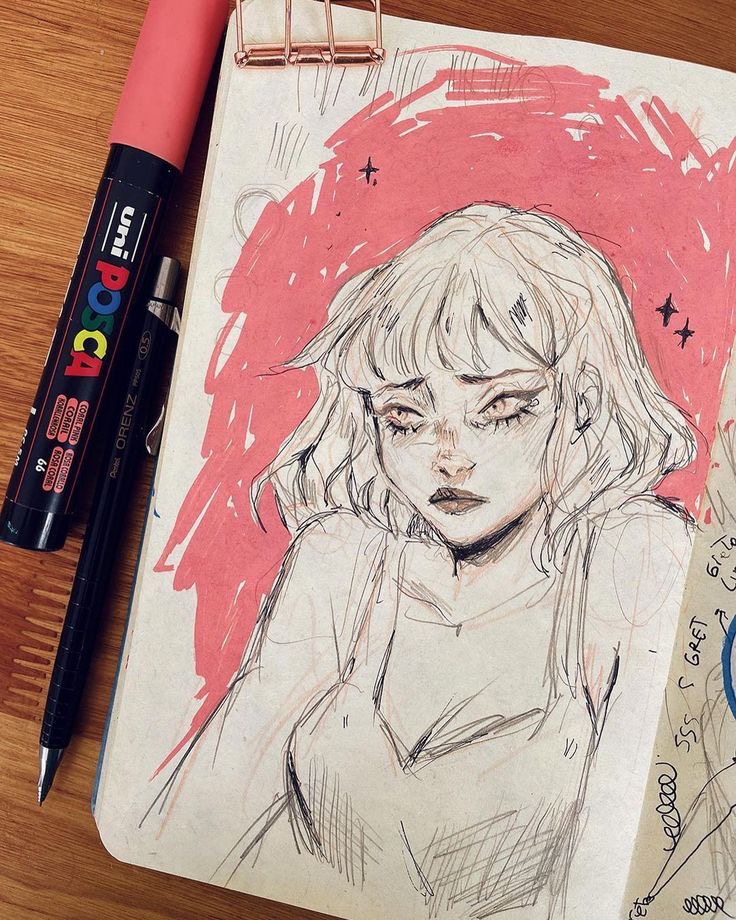

To practice gesture drawing, set a timer for 30 seconds to 1 minute and choose a subject to draw. Start by drawing the basic shapes and lines of the subject, focusing on the overall movement and flow. Don’t worry about details or accuracy at this stage. Repeat this exercise with different subjects and gradually increase the time limit as your skills improve.
Contour Drawing for Accuracy
Contour drawing is a technique that involves drawing the outline of a subject in a slow and deliberate manner, focusing on accuracy and detail. This exercise helps to improve your ability to capture the shape and form of a subject, making your drawings more realistic and lifelike.


To practice contour drawing, choose a subject and draw the outline of the subject in a slow and deliberate manner, focusing on accuracy and detail.

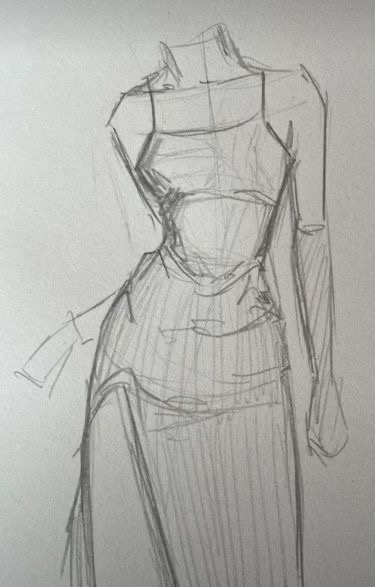
Pay attention to the curves and angles of the subject, and try to capture them as accurately as possible. Repeat this exercise with different subjects and gradually increase the complexity of the subjects as your skills improve.
Using Your Non-Dominant Hand
Using your non-dominant hand to draw is a great way to exercise your brain and improve your overall drawing skills. This exercise helps to improve your hand-eye coordination and fine motor skills, making your drawings more precise and controlled.


To practice using your non-dominant hand, choose a subject and draw it using only your non-dominant hand. Don’t worry about the quality of the drawing at this stage, as the goal is to exercise your brain and improve your skills. Repeat this exercise with different subjects and gradually increase the complexity of the subjects as your skills improve.


Incorporating these drawing exercises into your sketchbook practice can help to improve your skills and make your drawings more dynamic, accurate, and precise.
- 8.5Kshares
- Facebook0
- Pinterest8.5K
- Twitter1


